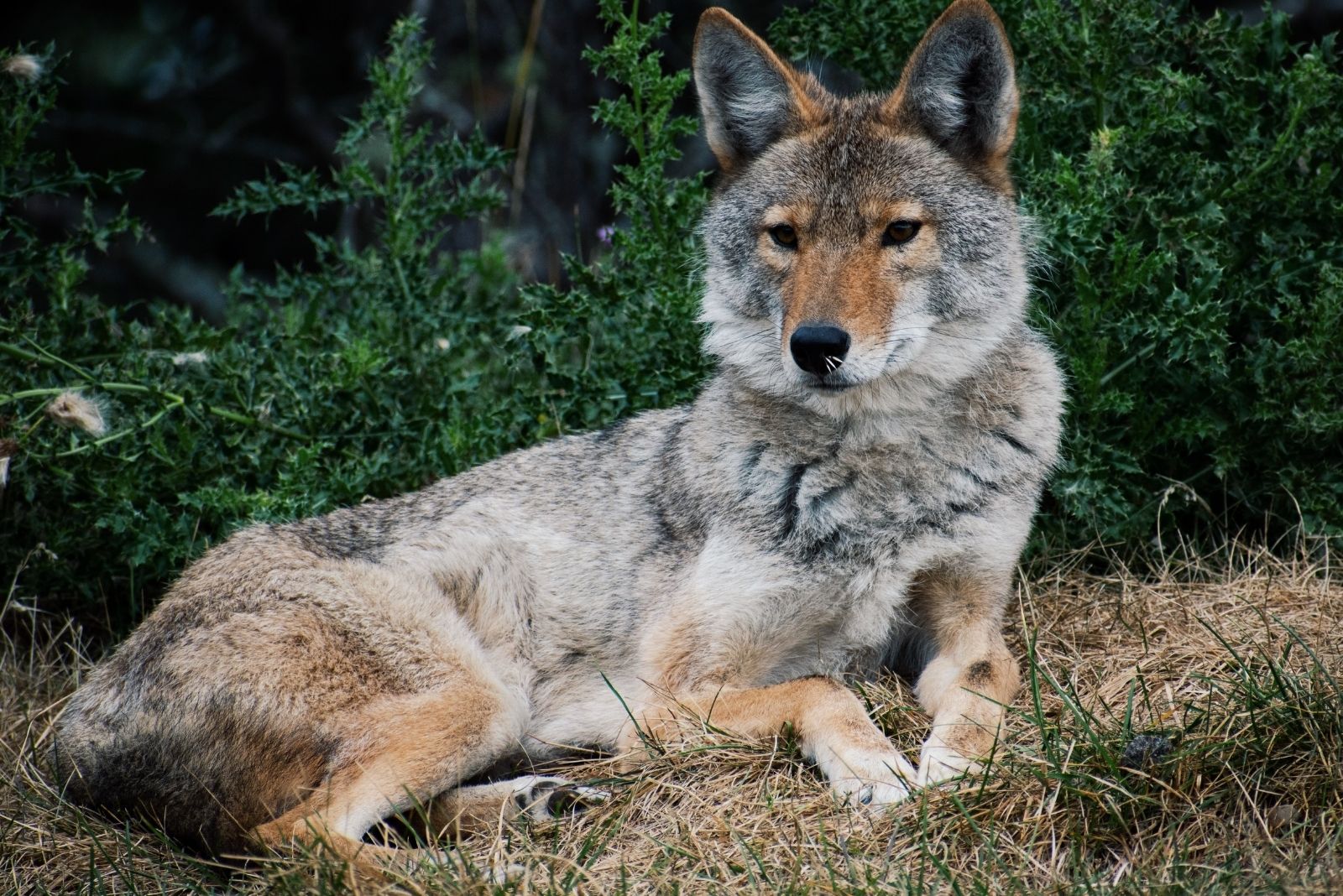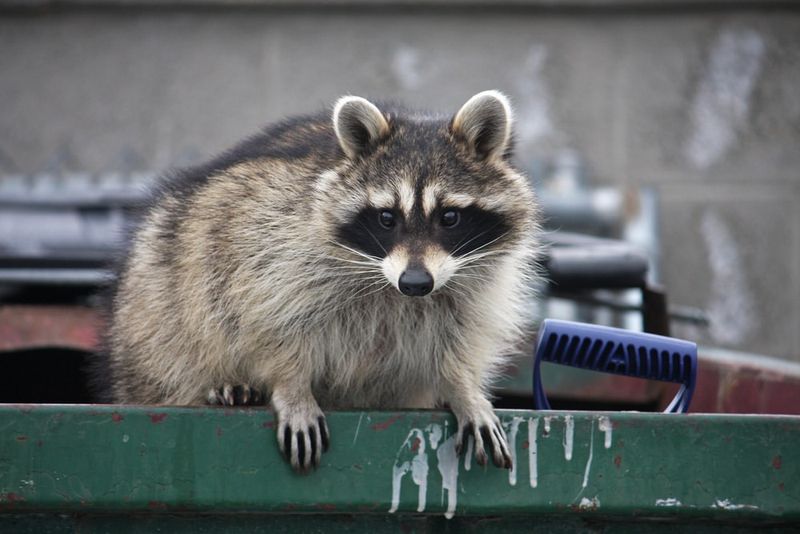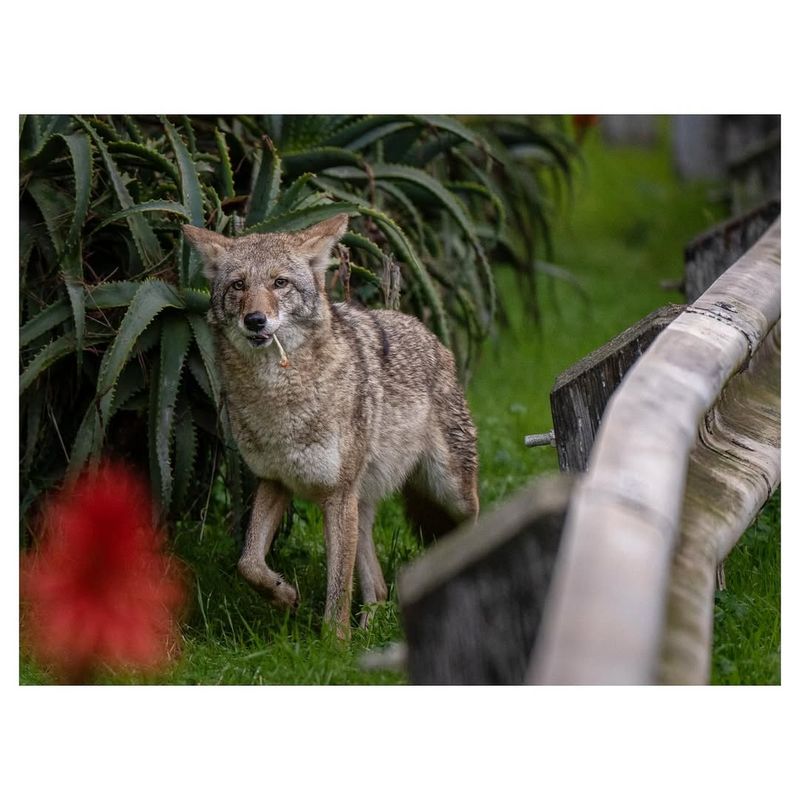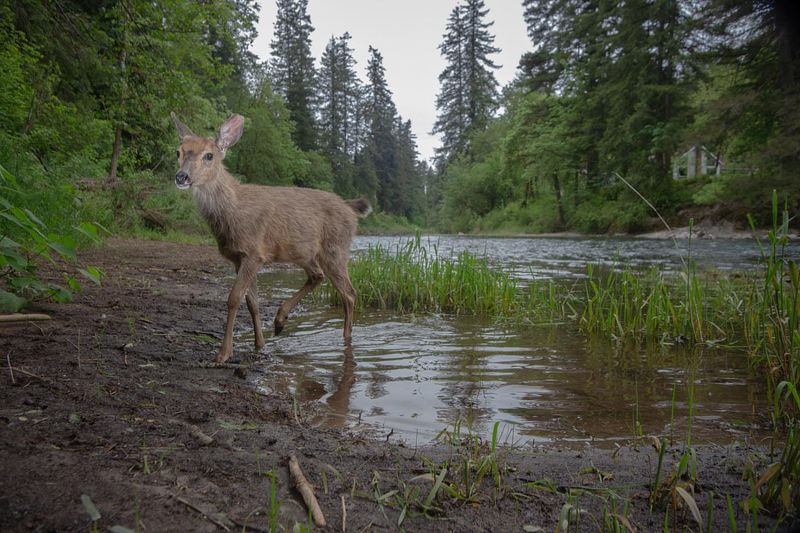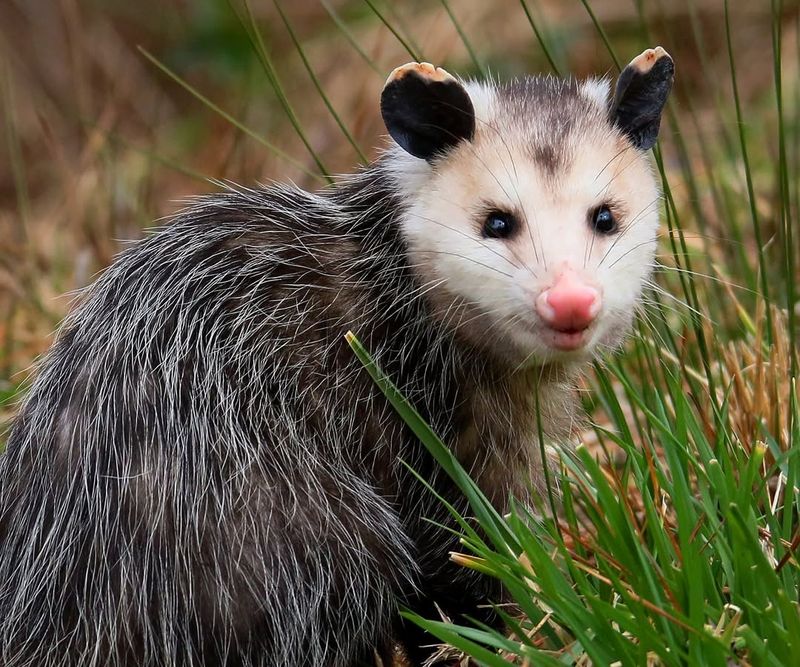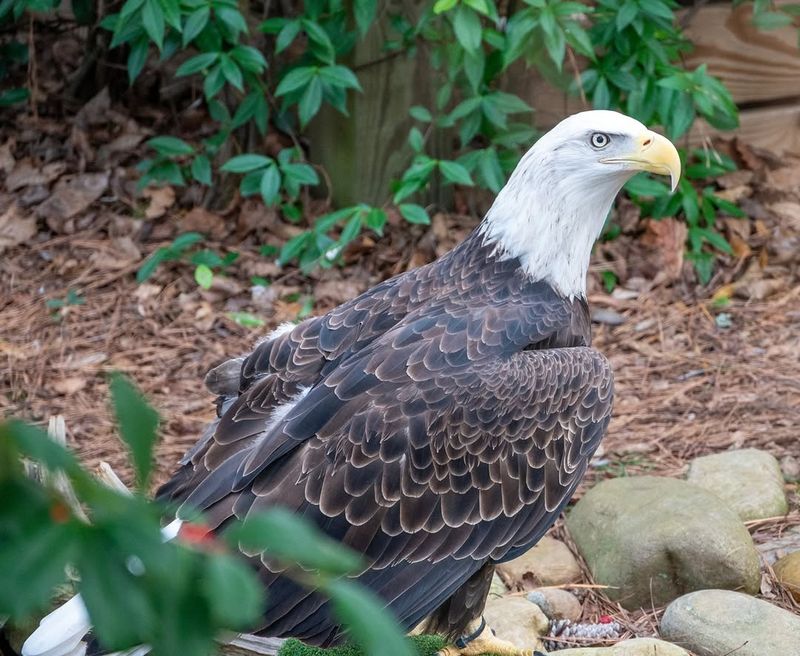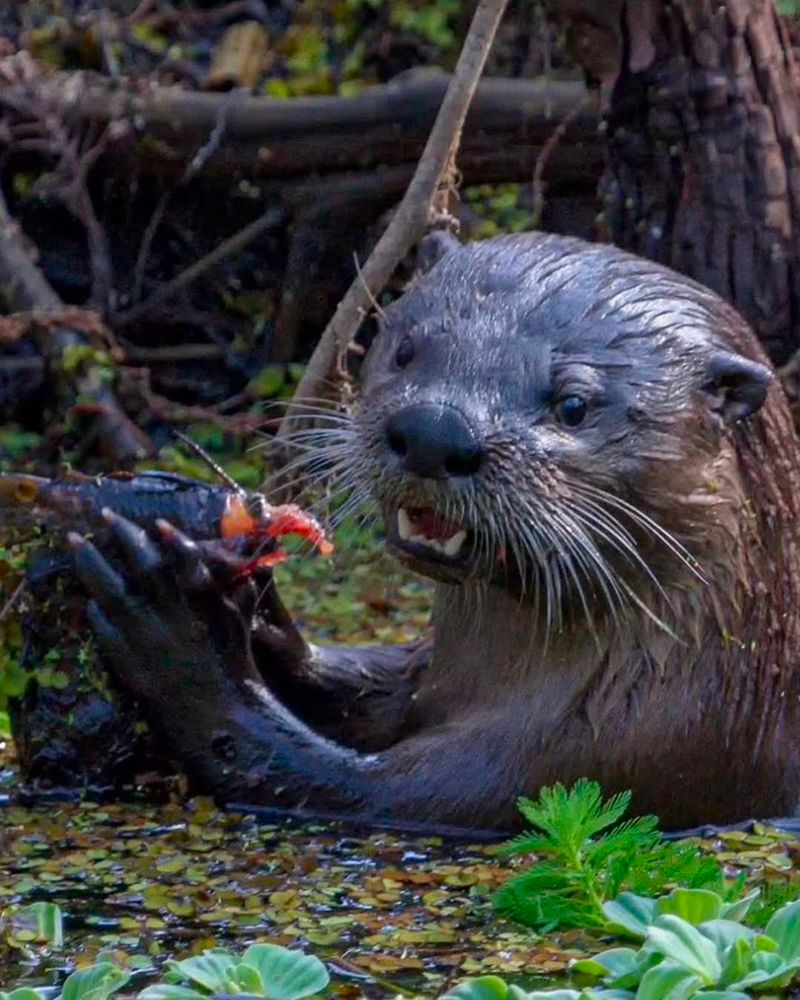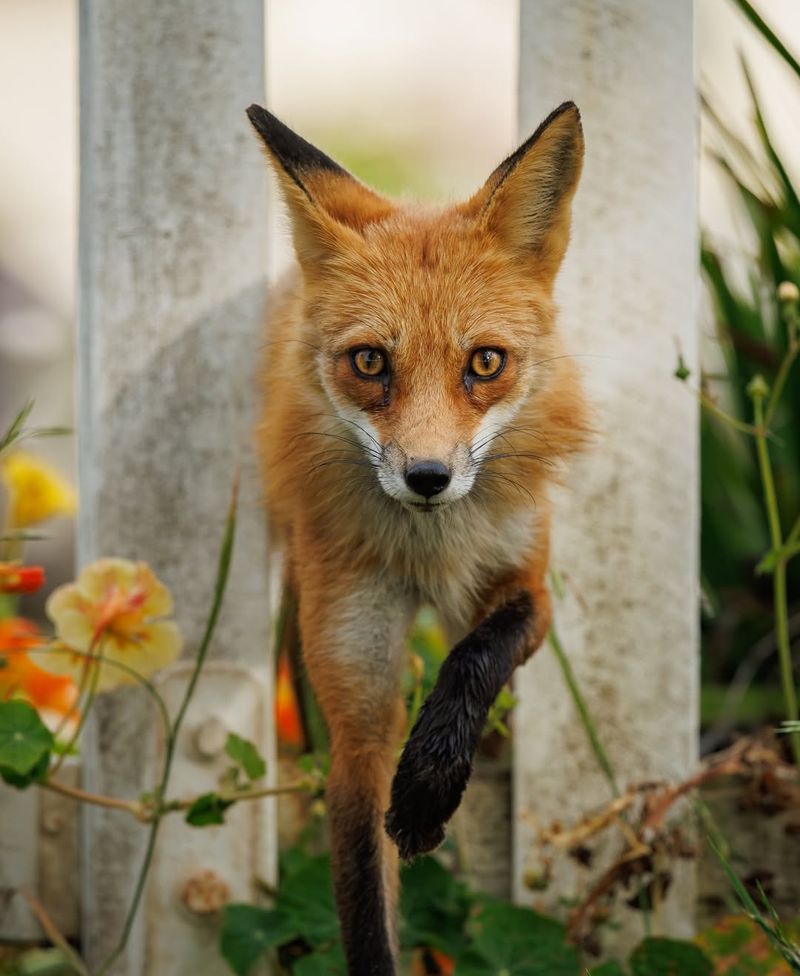Washington’s cities aren’t just home to people—they’re bustling habitats for all kinds of wild creatures. From raccoons rummaging through trash cans to coyotes trotting down suburban streets, these animals have adapted surprisingly well to urban life.
You might be shocked to discover just how many wild neighbors share your neighborhood, often wandering through yards and parks as if they own the place.
1. Raccoons
With their bandit masks and nimble paws, raccoons have become master burglars of Washington neighborhoods. These clever critters can open latches, unscrew jar lids, and remember solutions to problems for up to three years.
Seattle residents often spot them waddling across porches or scaling fences with surprising agility. They’re most active at night, searching for easy meals in compost bins and pet food bowls left outside.
If you want to discourage visits, secure your garbage with bungee cords and bring pet dishes indoors after dinner.
2. Coyotes
Coyotes have claimed territory throughout Washington cities, from Spokane to Tacoma, adapting to urban landscapes with remarkable success. Their haunting howls echo through neighborhoods at dawn and dusk, reminding us they’re never far away.
These opportunistic hunters feast on rodents, rabbits, and unfortunately, small pets left unattended. Keep cats indoors and supervise small dogs during walks, especially during breeding season in late winter.
Despite their wild reputation, coyotes generally avoid humans and play an important role controlling rodent populations in Washington communities.
3. Black-Tailed Deer
Garden enthusiasts across Washington know the frustration of finding their prized roses nibbled to stubs overnight. Black-tailed deer treat suburban yards like all-you-can-eat buffets, munching on everything from hostas to fruit trees.
These graceful browsers have lost much of their natural habitat to development, pushing them into closer contact with people. Morning and evening are prime feeding times when they venture boldly into neighborhoods.
Fencing at least eight feet tall offers the best protection, though determined deer can still leap impressive heights when motivated by hunger.
4. Opossums
North America’s only marsupial might look a bit scraggly, but opossums deserve appreciation for their pest-control services. They devour thousands of ticks each season, helping reduce Lyme disease risks in Washington yards.
These slow-moving creatures aren’t aggressive—when threatened, they famously “play dead” rather than fight. Their immunity to rabies makes them safer neighbors than many realize.
Spotting one shuffling through your garden at night means you’ve got a helpful ally eating slugs, snails, and insects that damage plants throughout the growing season.
5. Bald Eagles
Once endangered, bald eagles now soar majestically over Washington cities, particularly near waterways like Puget Sound and Lake Washington. Their massive nests—some weighing over a ton—dot urban trees from Seattle to Bellingham.
These powerful raptors primarily hunt fish but occasionally snatch small pets, so keep toy breeds supervised near water. Watching them fish is breathtaking: they dive at speeds reaching 100 miles per hour.
Their recovery represents one of conservation’s greatest success stories, proving that wildlife can thrive even amid Washington’s growing urban sprawl.
6. River Otters
Few sights bring more delight than spotting a family of river otters sliding down muddy banks or playing in Washington’s urban waterways. These charismatic swimmers have rebounded impressively, now inhabiting creeks and ponds throughout metropolitan areas.
Otters are incredibly social, often traveling in groups and communicating through chirps and whistles. They feast mainly on fish, crayfish, and frogs found in surprisingly polluted waters.
Their presence indicates improving water quality in Washington cities, though they sometimes raid ornamental koi ponds, much to homeowners’ dismay and expense.
7. Red Foxes
With their flame-colored coats and bushy tails, red foxes add a touch of wilderness magic to Washington neighborhoods. These adaptable canines thrive in urban environments, denning under sheds, decks, and abandoned buildings.
Foxes are surprisingly beneficial neighbors, consuming vast quantities of mice, voles, and rats that would otherwise overrun properties. They’re generally shy around people, preferring to hunt during dawn and dusk hours.
Hearing their eerie screams during mating season in winter can startle Washington residents unfamiliar with these vocal, solitary hunters patrolling city streets.
8. Black Bears
Perhaps most surprising, black bears increasingly wander into Washington cities, particularly communities bordering forested areas like those near the Cascades. Garbage, birdseed, and fruit trees act like neon signs advertising free meals.
These powerful omnivores can smell food from miles away and possess enough strength to peel car doors open like sardine cans. Most encounters happen when bears search for easy calories before winter hibernation.
Washington wildlife officials stress the importance of securing attractants—a fed bear becomes a dead bear, as habituation often leads to dangerous conflicts.

